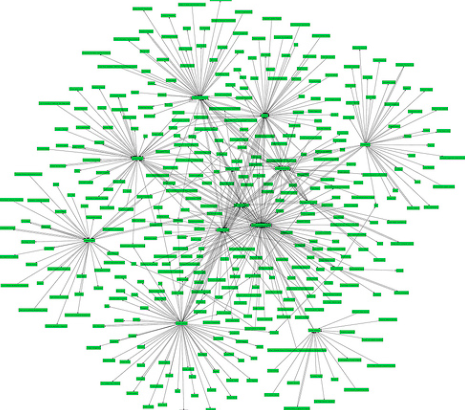“Horse racing” (CC BY 2.0) by Paolo Camera
When we look for tipping points, we often focus on our lives and wellbeing. However, incremental changes can happen in all walks of life. From business and communities to sport, you can identify positive tipping points in almost any industry, medium or collective. What’s more, the main beneficiaries of these adjustments don’t always have to be human. With the British Horseracing industry under the spotlight following the 20189 Cheltenham Festival, it’s worth looking at how technology is helping to make the Sport of Kings a safer and more productive place.
Creating a Safer Way to Train
Being one of, if not the, biggest sports industry in the UK, British racing insiders have always been quick to utilise tech innovations. Indeed, with the sport as a whole being worth more than £3.8 billion to the British economy and businesses generating hundreds of millions in annual revenue, investing in technology is essential. For example, behind-the-scenes a new way of training horse is now being used by the larger stables. Costing upwards of £20 million but helping to protect horses by eliminating human error is the Kurtsystem. Launched in the UK at Kingswood Stud in Lambourn in 2017, the machine can take up to 10 horses on a 30mph gallop without a jockey being present.
The main reason for creating a machine that can safely guide young horses round a 1.5km track is to reduce the risk of injuries. As potential racehorses are developing, a small mistake by a rider can lead to muscle tears and fractures. On the one hand, these sorts of injuries mean the horse may never make it to the professional circuit. However, more significantly, it can lead to the loss of a life. To counter this and ensure that no horse is put under too much stress, the Kurtsystem uses computer technology to provide a safe, error-free training environment.
More Information Means More Immersion
“Wikipedia Concept Map” (CC BY 2.0) by juhansonin
Beyond the tech helping horses develop in a safe way, big data is also being used by racing trainers, pundits and punters alike. Put simply, when you’ve got the ability to collate a ton of data and then use algorithms to sift through and make sense of it, you can do some clever things. For trainers, performance data can help zero in on a horse’s weakness. Taking this a step further, pundits and oddsmakers can use similar sets of data to provide more accurate insights into the action. Indeed, when a customer reviews the odds for a race such as the Grand National at William Hill, they’re not looking at wild predictions or speculation.
In fact, the power of big data is evident when you look at the fact there are odds and stats covering outright winners, jockey/trainer combos and more. The overall benefit of using technology to collect huge amounts of data is that it makes the sport of racing more engaging. Because fans can get more accurate results, breakdowns and odds, they’re more likely to be engaged. This, in turn, brings more money into the industry and benefits everyone involved.
Tech Stopping Problems Before They Happen
The final way technology is providing a tipping point for the racing industry is through wearables. Previewed at CES 2016 in Las Vegas, the NightWatch halter from Protequus is a wearable device that alerts owners to signs of distress in a horse. According to American Association of Equine Practitioners (AAEP), more than 900,000 horses experience a bout of colic every year. Colic often comes from a horse that is distressed and NightWatch aims to tackle this by flagging up the early symptoms. Through a discrete yet power monitor, owners can get real-time updates on the status of their horse and, therefore, prevent a potential tragedy before it happens.
Technology may not be able to answer every problem in the racing world, but that hasn’t stopped those involved in the sport from trying. By harnessing the latest innovations and creations, racing insiders are pushing their own tipping points in a bid to make their sport and better place for its runners and riders.




